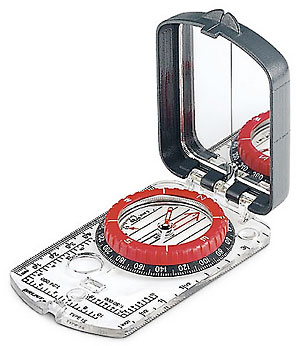Avalanches are a real danger for backcountry skiers, snowboarders, and snowshoers who visit mountainous areas in winter conditions. While many avalanches occur naturally and slide without hurting anyone, accident statistics show that 90 percent of all avalanche victims die in slides triggered by themselves or by a member of their group. That's a pretty sobering fact if you plan on venturing into the backcountry with your buddies beyond groomed trails and ski area boundaries.
However, avalanche conditions are predictable and there are techniques you can learn to help minimize your risk in avalanche terrain. A good place to start is to take an avalanche awareness and decision making class.
I took a three-day class like this last winter. It was jam packed with skiers and snowboarders preparing for backcountry spring skiing out West. We learned how to identify avalanche terrain, analyze snowpack stability, and use safe travel protocols in avalanche zones. The class also included avalanche beacon, shovel, and probe drills for finding and rescuing buried companions, a skill you really should practice frequently.
The most important indicator of whether you are in avalanche terrain is slope angle. Avalanches occur most frequently on slopes with a 35- to 50-degree angle, and this is the first indicator for which you should be on the lookout. You can determine slope angle from a topographic map or by using a compass-based clinometer to measure the angle of ascent.
In addition, several other factors can affect the probability of an avalanche including weather, temperature, wind direction, snowpack conditions deep below the surface of the snow, terrain features, vegetation, and slope orientation. While some of these factors can influence route planning ahead of time, others are highly dynamic and can only be assessed when you arrive on the scene.
If this sounds like a lot of information to collect and analyze, avalanche awareness classes also teach you how to use decision-making aids like hazard evaluation checklists and snow study kits to help organize the information you collect when you are planning a route and later in the field.
Adopting a systematic approach to making travel decisions is important because most avalanche accidents can be traced back to human error, including human-factor traps such as peer pressure, a reliance on rules of thumb, or blue sky euphoria which can cloud decision making.
If you plan on traveling into mountainous backcountry areas this winter, you owe it to yourself and your companions to take an avalanche awareness class and be at the top of your game in avalanche terrain.
For more information about avalanches and avalanche awareness courses, visit:

 by Philip Werner
by Philip Werner










